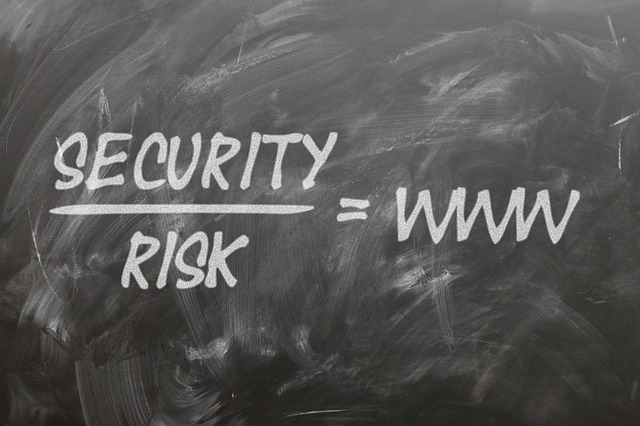 In the early days of the Internet, the ‘worst-case scenario’ for a website was suffering from a server outage or exceeding its bandwidth limit. But today, the ever-present threat posed by hackers is much more serious, which can have far-reaching consequences for your business.
In the early days of the Internet, the ‘worst-case scenario’ for a website was suffering from a server outage or exceeding its bandwidth limit. But today, the ever-present threat posed by hackers is much more serious, which can have far-reaching consequences for your business.
With the cost of cybercrime projected to reach $2 trillion by 2019, it makes sense for any organisation with an online presence to prepare their website for the worst. But how do you know whether you have ticked all of the right security boxes? Well, you need to have introduced or implemented the following…
The right web host
The first thing you need to address is your web host. If the servers that your site is located on don’t have defiant defences in place, hackers will have complete freedom over its data and documentation. So, look for web hosting services that prioritise security.
Features and technologies that are somewhat essential include SSL certificates, hardware firewalls, two-factor authentication, and protection against DDoS attacks.
Tight access control
In order to access sensitive or confidential information, several hackers will target the administration level of your website, which is easy to infiltrate if unprotected. Along with strong usernames and passwords, you should change the default database prefix to something random and hard to guess.
It is also a good idea to limit the number of login attempts and password resets within a certain time, as cyber criminals may target email accounts as well. Login details shouldn’t be sent over email either in case an unauthorised user has gained access.
Tight network security
Just like the admin level of your website, members of staff may also be inadvertently allowing hackers to access site servers via their own computers. Therefore, it is imperative that passwords are changed frequently, never written down, and contain a strong combination of letters and numbers.
You should also make logins expire after a short period of inactivity and ensure any device plugged into your network is scanned for malware each and every time.
Updated software and systems
Seeing as software updates cost vendors an untold amount of money to develop and release, you should take them seriously. By failing to install an update that was designed to address vulnerabilities in your operating system or web application, you could be leaving the door wide open to hackers.
Don’t assume that one little update won’t make a difference either. Cyber criminals are constantly scanning thousands of websites looking for weaknesses and won’t waste any time telling other online offenders where to strike.
Regular back-ups
Even with these security steps and protective precautions, your website will never be completely impenetrable to an attack. However, preparing for the worst also means having a recovery plan in place, which will ensure your site is up and running again in no time.
Whenever someone creates or saves a file, it should be automatically backed-up in multiple locations both on- and off-site. That way, if a physical hard-drive fails, you can still recover crucial documentation from the cloud.
